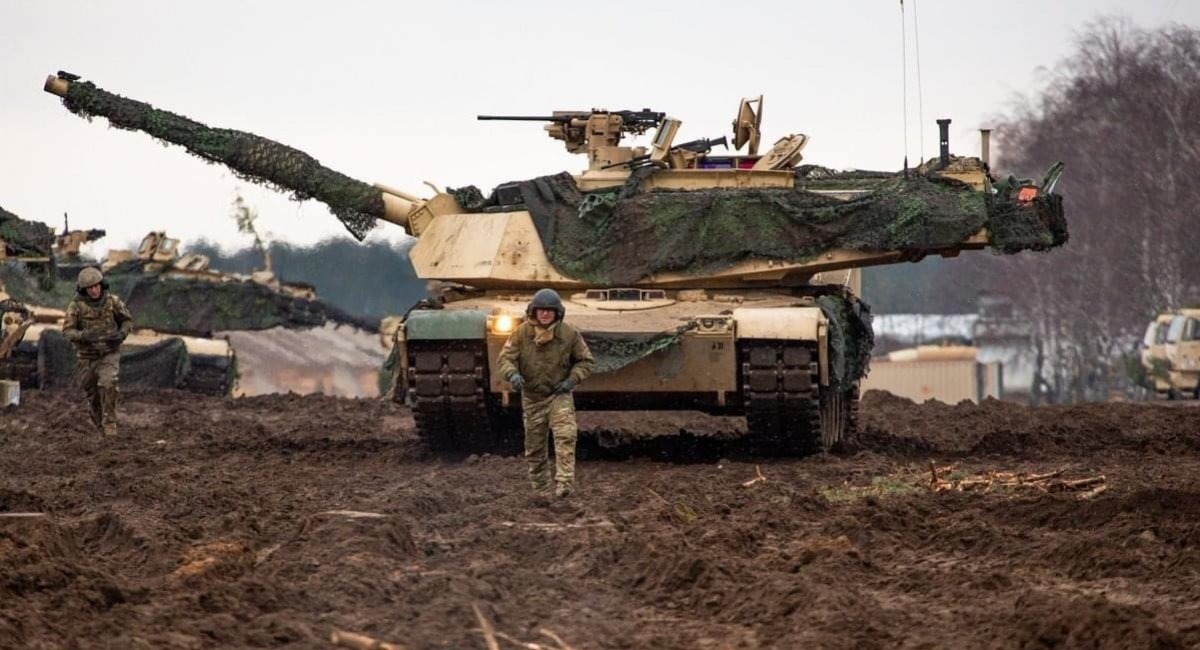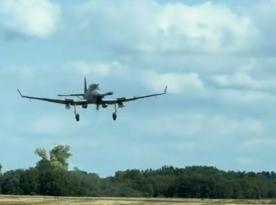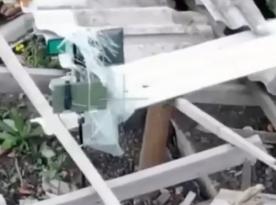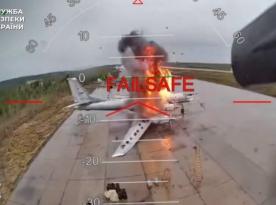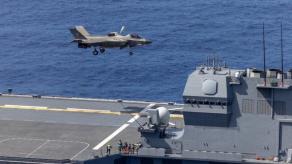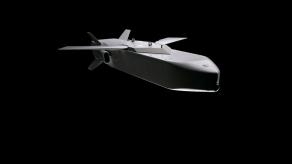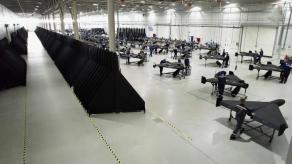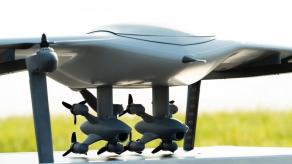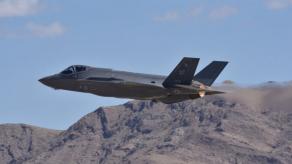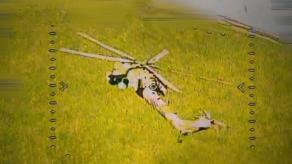Earlier Defense Express has already noted that the russian military had lost understanding of what to do with their tanks, which increasingly prove ineffective on the Ukrainian frontlines, and instead rely more on guided bombs, drones, and long-range missiles. However, as practice shows, it is not the russians alone who found themselves in such a conceptual impasse.
The Americans are now also at a loss of what to do with tanks because of the dominance of drones on the battlefield, so they are starting to brainstorm various exotic ideas to address the issue. For example, they propose to use main battle tanks as "power plants" with a self-defense function, as reported by Defense One.
Read more: russia Relies on KABs, Drones and Long-Range Missiles as Tanks Prove Ineffective

During a defense forum, an expert from the authoritative think tank CSIS Ben Jensen emphasized in particular that the rethinking of Ukraine's experience in the war against the russian federation should begin with analyzing two points: that Ukraine managed to quadruple the number of its armed forces during mobilization, and that the saturation of its troops with various types of drones allowed them to achieve unprecedented levels of lethality.
General Ben Hodges, former commander of U.S. forces in Europe, added that the central pillar of this lethality is the well-trained personnel, properly led and determined to win, in the first place, while the development of technology and drones comes second. That's where the key strength of the Ukrainian Defense Forces lies, he noted.
Hodges pointed out that the large-scale utilization of drones by the Ukrainian troops has redefined modern warfare, where individual physical fitness of fighters fades into the background and makes one to "pause and think about what actually generates real battlefield lethality in 2025." He particularly mentioned russian losses of "insanely physically fit" North Korean personnel to Ukraine's drone strikes during battles in the Kursk Region of russia.
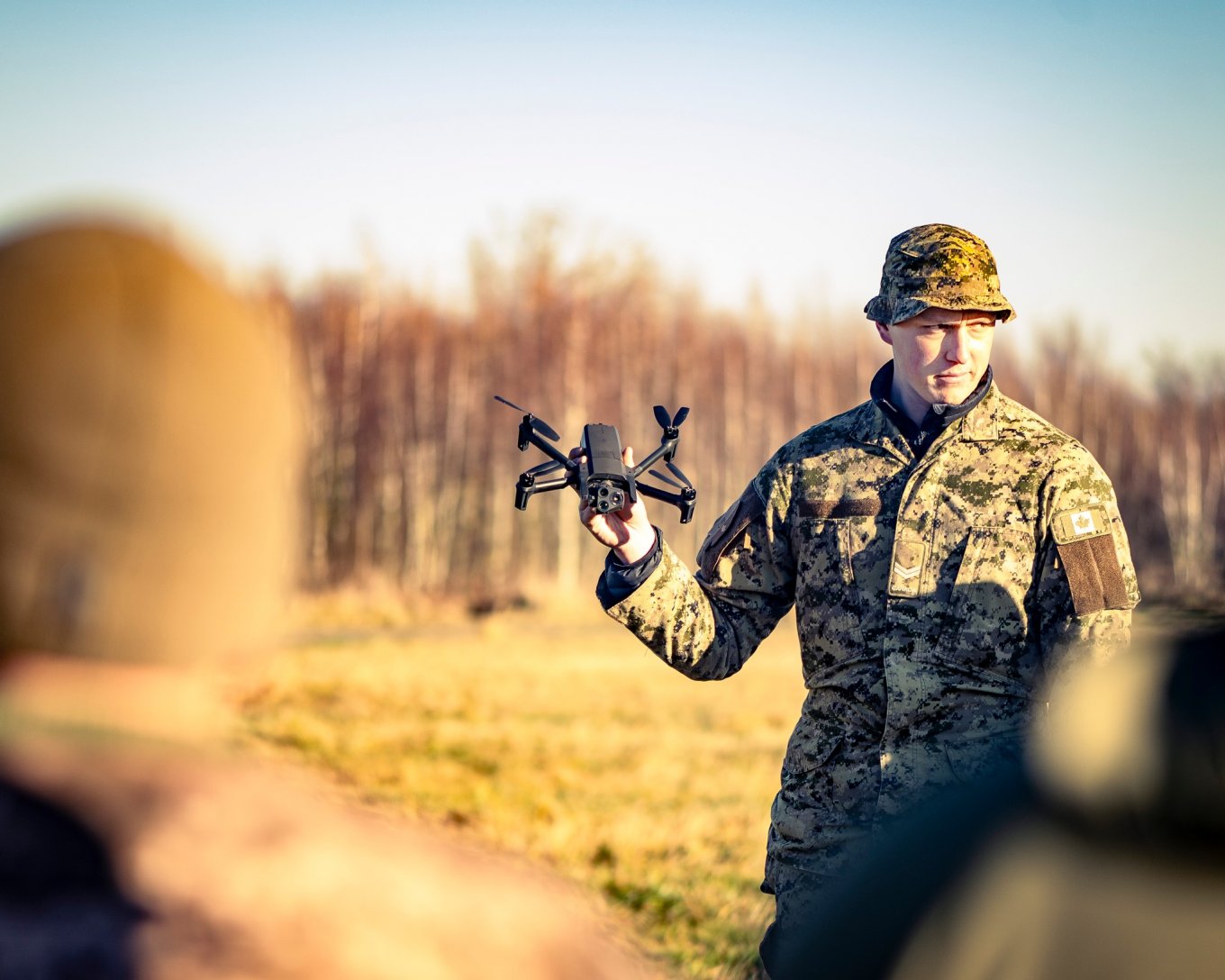
In general, he suggests that such a factor as physical form is losing its former leading role, which is also true for the U.S. Army, with other aspects like the level of training and the ability to sustainably manage units on the battlefield in various situations becoming more important.
At this point, the discourse shifts toward the role of tanks on the battlefield, and the main takeaway is that MBTs are in crisis. The dominance of unmanned aerial vehicles does not allow the use of armored vehicles in the usual format of mechanized columns, as this quickly leads to fatal consequences.
A way around this deadlock, according to American analysts, is the newest light tank of the U.S. Army, the M10 Booker, that features greater maneuverability on the battlefield compared to the M1 Abrams. However, it is also larger in size.
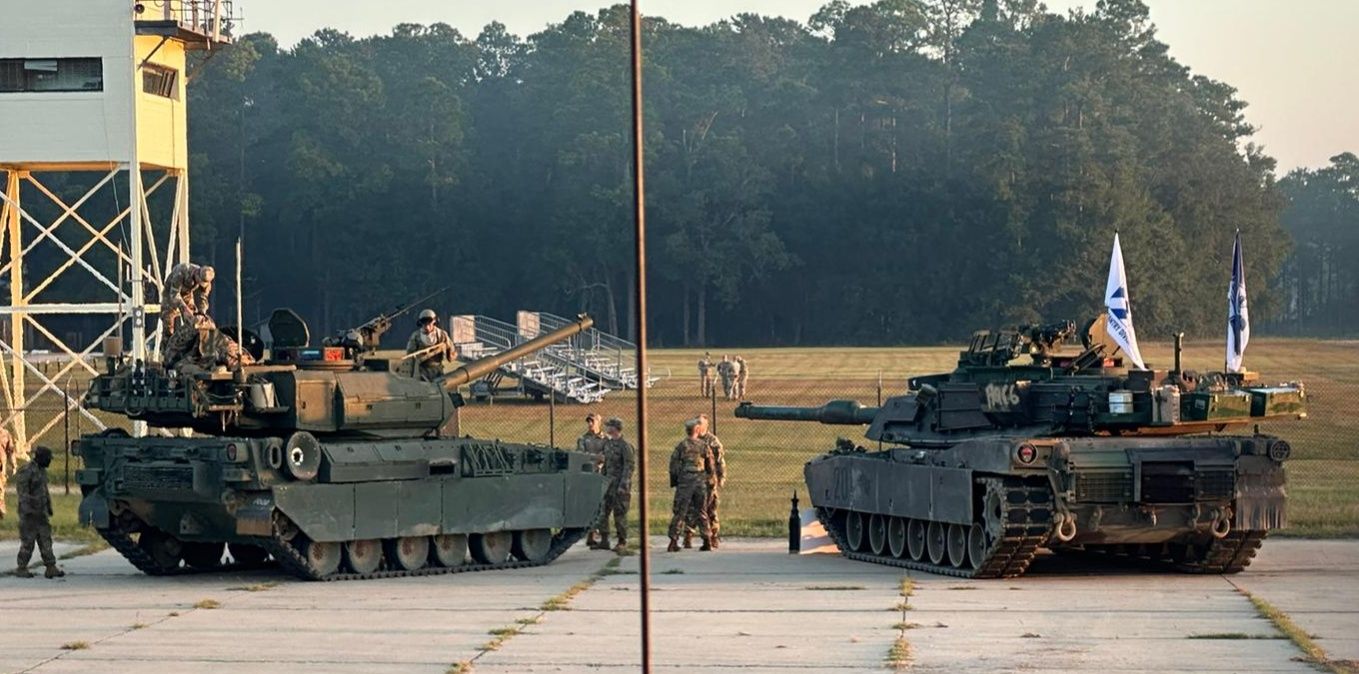
But the aforementioned CSIS expert Ben Jensen stressed that it is necessary to also look for non-linear formats for tank application on the battlefield. Nowadays, tanks could use their power generators to serve as mobile power plants equipped with weapons for self-defense.
On a summary note from Defense Express, the general idea is that the dominance of UAVs will not lead to the disappearance of tanks as a type of weapon in principle but will definitely lead to a significant transformation of their role, for example, as a kind of mobile fortresses for modern warfare.
Read more: Equipment Shortages Hit russian Forces While Infantry Strength Remains – 3rd Assault Brigade



